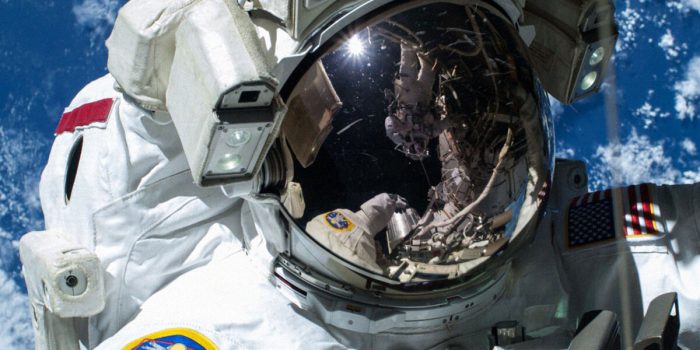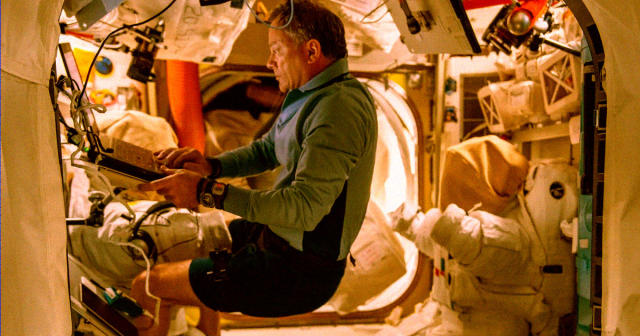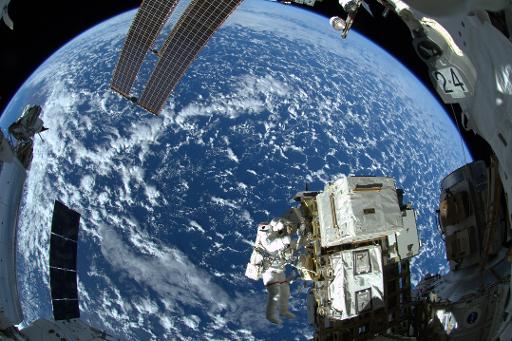The International Space Station (ISS) presents a distinct environment, raising questions about the nature and implications of the dust particles circulating within its confines. A recent collaborative study conducted by researchers affiliated with NASA’s Glenn Research Center and the University of Birmingham in the UK has yielded insightful findings that shed light on the unique composition of space dust and its potential ramifications for spacefarers.
The study’s central focus was the characterization of dust particles within the ISS, a subject of growing interest given its potential impact on astronaut health and station operations. The investigation unveiled a heterogeneous array of particles, encompassing microplastics, fragments of plastic material, alongside a diverse assortment of compounds commonly found in flame retardants and building insulation. This coexistence of particles is of concern, as certain compounds among them have demonstrated adverse effects at elevated concentrations.
Published in the journal Environmental Science and Technology Letters, the research was centered on an analysis of the ISS’s air filtration systems, integral to maintaining a habitable living environment aboard the station. However, the study discovered the potential for these systems to be less effective in capturing the identified particles and compounds, potentially resulting in their circulation within the ISS atmosphere.
“Our findings have implications for future space stations and habitats, where it may be possible to exclude many contaminant sources by careful material choices in the early stages of design and construction,” said co-author Stuart Harrad, a professor of environmental chemistry at the University of Birmingham, in a statement.
A pronounced differentiation between the dust within the ISS and the terrestrial household dust lies in its concentration. The density of space dust appears to surpass that of Earth-based dust, thereby necessitating a thorough understanding of its composition and implications. Additionally, the ISS is subjected to elevated levels of ionizing radiation, a phenomenon that accelerates the degradation of materials, particularly plastics. The disintegration of these materials results in the formation of micro- and nanoplastics, airborne entities due to the microgravity conditions of space.
The study holds implications transcending the immediate ISS environment, resonating with broader considerations regarding space habitation and exploration. The findings emphasize the importance of meticulous material selection and air filtration systems in future space habitats, ensuring the well-being of occupants during protracted space missions.
“This may cause concentrations and relative abundance of [potentially harmful chemicals] in ISS dust to differ notably from those in dust from terrestrial indoor microenvironments,” the news release adds.
As humanity ventures further into the cosmos, such research underscores the multifaceted challenges posed by seemingly inconspicuous factors such as space dust. The study contributes to our collective understanding of space environments and informs strategies for sustaining health and safety beyond Earth’s confines.




